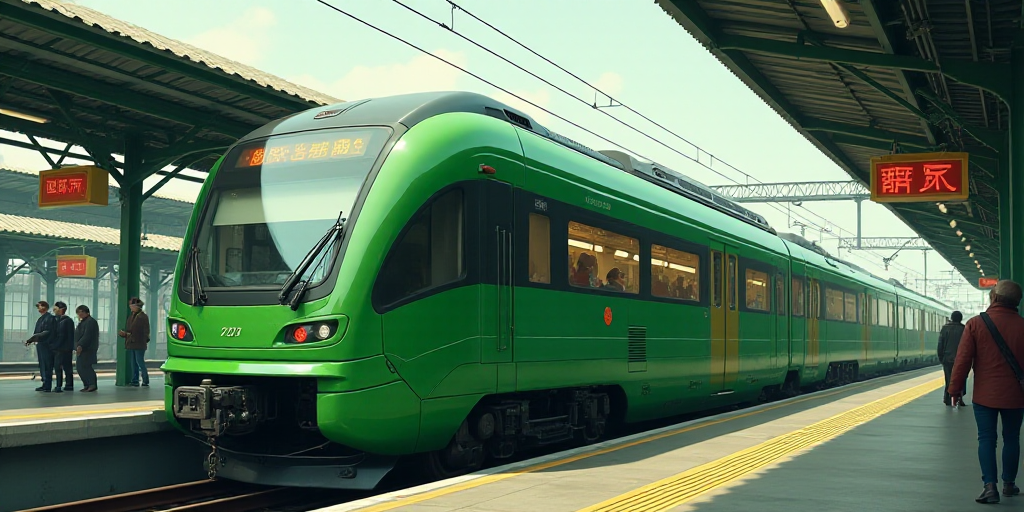Background on César Cadena and His Relevance
César Cadena Cadena, the president of the Energy Cluster of Nuevo León, has raised concerns about the potential strain on the electrical grid caused by the upcoming installation of lines 4 and 6 for the Sistema de Transporte Colectivo Metrorrey in Monterrey, Mexico.
Cadena’s organization plays a crucial role in representing the energy sector of Nuevo León, making his warnings significant for understanding the possible impacts on the region’s energy infrastructure.
Cadena’s Warning: Unforeseen Energy Demand
According to Cadena, the new metro lines will consume high, medium, and low-voltage electricity that was not accounted for in the Master Plan. He stated, “It might not be a problem, but it is an additional demand that will need energy previously allocated to someone else.”
Cadena’s concerns are based on a survey conducted by the Energy Cluster, which found that eight out of ten companies have experienced provisional power outages. He emphasized, “If there is a problem with energy cuts and demand increases further, alongside factors like heat, it could lead to power failures.”
Infrastructure Concerns and CFE Intervention
Jaime Saldaña, a consejero and leader of the Electricity Committee in the Energy Cluster of Nuevo León, highlighted concerns about the existing infrastructure. He explained, “If connected to high-voltage lines, disruptions could occur due to insufficient infrastructure and lack of maintenance lines.”
To address these concerns, Emilia Callejas Alor, the director of the Federal Electricity Commission (CFE), met with Governor Samuel García Sepúlveda on July 10 to agree on modifications in transmission and distribution lines, as well as electricity infrastructure projects.
- Line 4 and 6 Details: The combined length of lines 4 and 6 is 49 kilometers, with 29 stations that will transport 56 million passengers annually.
- Transmission Line Modifications: Sixteen high-voltage transmission lines will be modified, with one completed in June 2025 and others under contract for execution between July and December 2025.
- Distribution Line Progress: The CFE has completed 22 distribution lines by July 9 and is working on 35 more, to be finished by November of this year. Additionally, they are developing executive projects for the remaining 51 distribution lines out of the planned 108.
- CFE’s Support: The CFE is providing engineering and supervision for three 115 kV substations—two encapsulated and isolated in gas—and three double-circuit transmission lines: one aerial and two subterranean. These projects will connect the new Metrorrey charging centers to the National Transmission Network (RNT), ensuring adequate, secure, and reliable electricity supply.
Key Questions and Answers
- What is the concern raised by César Cadena? Cadena warns that lines 4 and 6 of the Metrorrey will consume a significant amount of electricity not previously accounted for in the Master Plan, potentially causing energy strain and disruptions.
- What actions have been taken to address these concerns? Emilia Callejas Alor, the CFE director, met with Governor Samuel García Sepúlveda to agree on modifications in transmission and distribution lines, as well as electricity infrastructure projects.
- What specific modifications are being made to the electrical infrastructure? Sixteen high-voltage transmission lines are being modified, with one already completed and others under contract. Additionally, 22 distribution lines have been completed, 35 are in progress, and executive projects for the remaining 51 lines are being developed.
- How will the CFE support the new metro lines? The CFE is providing engineering and supervision for three 115 kV substations, as well as three double-circuit transmission lines connecting the new Metrorrey charging centers to the National Transmission Network (RNT).






